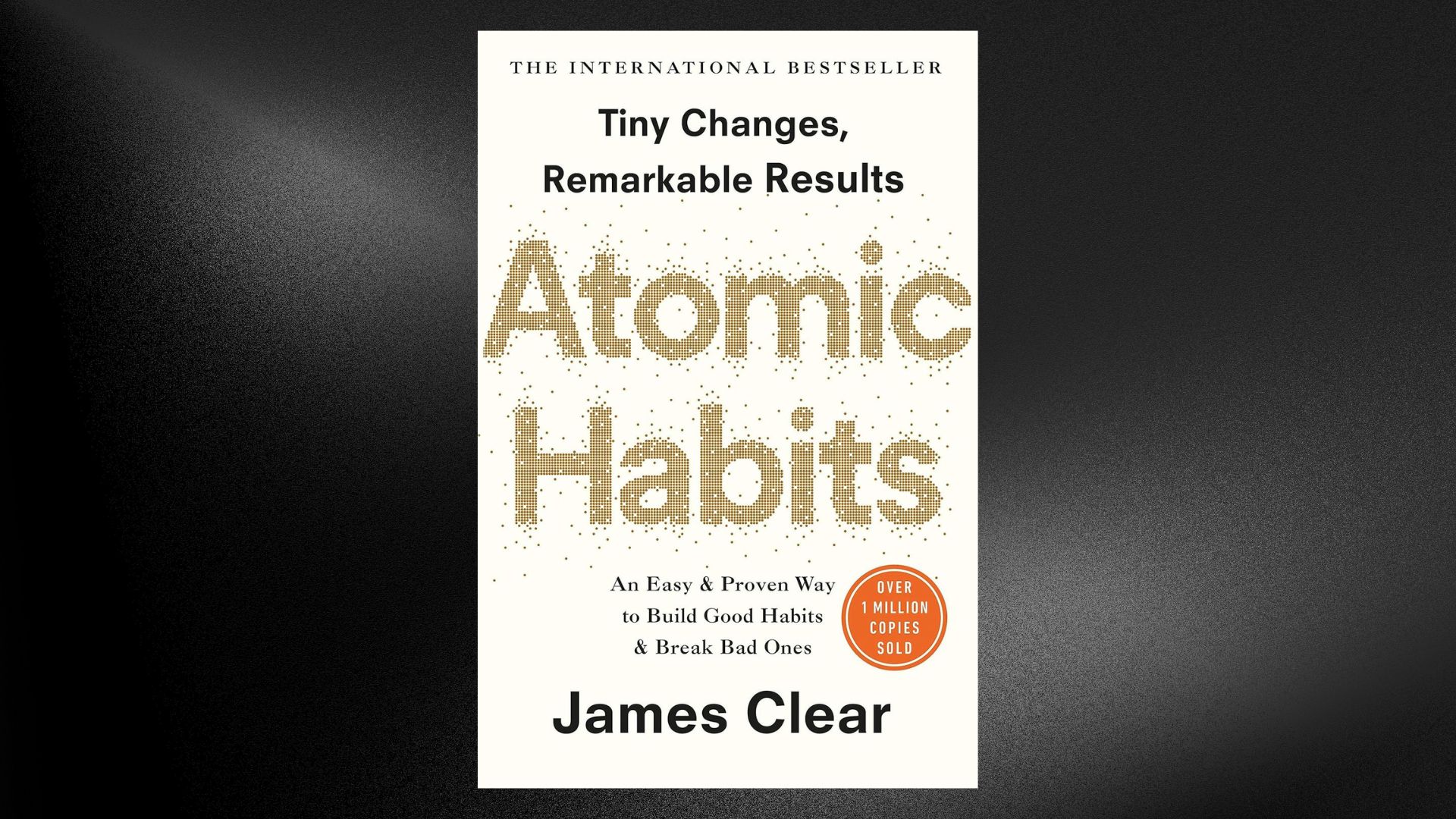
In today’s economy, side hustle entrepreneurship is more prevalent than ever. According to a recent MarketWatch survey, over half of Americans—54%—have turned to side gigs in the past year to boost their income. This trend is especially pronounced among younger generations, with 71% of Gen Zers and 68% of millennials taking on additional work. Even baby boomers are joining the movement, with nearly one-third engaging in side hustles.
In this article, we’ll delve into the various types of entrepreneurs and how side hustle entrepreneurship fits into the broader landscape of business innovation. But first, what is the difference between being an entrepreneur and having a side hustle?
Entrepreneurship Defined
When you think about entrepreneurship, it might seem overwhelming. One of the best definitions on record is from Howard Stevenson, a Harvard Business School (HBS) professor, who defines entrepreneurship as “the pursuit of opportunity beyond the resources currently controlled.”
In other words, entrepreneurs spot opportunities and make things happen, even when they don’t have all the resources at the start. Resources include money, name recognition, and even general acceptance of your novel idea.
When referring to what entrepreneurs do, you might also hear terms like innovation, disruption, enterprise, and venture creation. However, the collective of these words highlights the creativity and initiative central to entrepreneurship.
What is a Side Hustle?
So, what’s a side hustle? It’s any job or business activity you take on in addition to your main employment to earn extra income. This can range from freelance work and part-time gigs to small businesses and creative projects. The key difference from full-time entrepreneurship is that side hustles typically require less time and investment.
Being an Entrepreneur vs. Having a Side Hustle
Let’s talk about the difference between being an entrepreneur and having a side hustle. As an entrepreneur, you’re often all in, investing significant time, money, and resources into your business. With a side hustle, you’re balancing it with your primary job, dedicating your evenings, weekends, or spare time to this additional income stream.
But let’s be honest here. If you’re not careful, you can essentially trade your 9-to-5 for a 24/7. Full-time entrepreneurship or maintaining a side hustle can lead to long hours and constant pressure.
You have to weigh out your options. Is it worth it to you to keep a steady job while working on your side hustle? Do you have enough of a nest egg or investment from outside sources to provide financial stability and give you room to test and refine your ideas?
How to Become a Side Hustle Entrepreneur
Ready to take the plunge into entrepreneurship? Start by identifying a business idea that addresses a problem or meets a need. Research your market thoroughly to understand your potential customers and identify gaps your business could fill. A well-defined and innovative idea is the foundation upon which successful businesses are built.
Once you have your idea, create a comprehensive business plan. Outline your goals, strategies, and financial projections. Clearly define your short-term and long-term objectives, detail the steps to achieve them, and forecast your expected revenues and expenses. A robust business plan not only guides you but also helps attract investors and secure funding by demonstrating your preparedness and potential for success.
Related: 10 Semipreneur Hacks to Build Winning Workflows
Now, let’s turn that plan into action. Explore various funding options, such as personal savings, loans, or investors. Consider crowdfunding platforms or venture capital if your idea has significant growth potential. Once you have the necessary funds, focus on marketing and customer acquisition. Develop a strong brand presence, utilize social media and other marketing channels, and create a compelling value proposition to attract your initial customers. Start small, test your ideas, and iterate based on feedback to build momentum for your business.
How Spanx Founder Sara Blakely Became an Entrepreneur
Sara started with a simple idea: she wanted a smoother look under her white pants but couldn’t find the right undergarment. Recognizing this gap in the market, she used her savings to develop a prototype. Her research was hands-on; she visited fabric stores, consulted with manufacturers, and tested her product on herself and her friends.
With her idea solidified, Sara created a business plan and sought funding. Despite numerous rejections from potential investors, she persisted. She finally secured a meeting with a hosiery mill owner who saw the potential in her idea. With the initial production in place, Sara focused on marketing and customer acquisition. She pitched her product to major retailers and used her charisma to get Spanx featured on Oprah’s Favorite Things, which skyrocketed her brand’s visibility.
Are Entrepreneurs Born or Made?
You might wonder if entrepreneurs like Sara are born or made. More importantly, you might be wondering if you have what it takes. Some argue that natural traits like risk tolerance, creativity, and resilience are crucial. However, many believe entrepreneurial skills can be developed through education, experience, and mentorship. The truth is, it’s probably a mix of both innate qualities and learned skills.
RELATED: You Can Build A Personal Brand Without Social Media – Here’s How
After all, some entrepreneurs are made out of necessity. Take Smart Passive Income founder Pat Flynn was laid off from his job when he began the early iterations of his now massive online business.
The Four Types of Entrepreneurs
Innovators
Innovators are the trailblazers who create new products or services that revolutionize industries. They see opportunities where others see challenges and are driven by a desire to make a significant impact. For example, Steve Jobs and Steve Wozniak co-founded Apple, introducing the world to the personal computer, the iPod, the iPhone, and the iPad. These innovations transformed the tech industry and changed how we live and interact with technology. Innovators are willing to take risks and invest in research and development to bring their groundbreaking ideas to life.
Hustlers
Hustlers are known for their relentless work ethic and determination to grow their businesses from the ground up. They may not start with the most innovative idea, but they have the grit to make it succeed. Take Daymond John, the founder of FUBU, as an example. Starting with a $40 budget, John sewed his own hats and sold them on the streets of New York. His hustle and perseverance turned FUBU into a global brand worth hundreds of millions of dollars. Hustlers focus on execution, putting in long hours and overcoming obstacles through sheer persistence.
Imitators
Imitators take existing ideas and improve upon them to create successful ventures. They learn from the successes and failures of others, making strategic enhancements to stand out in the market. Howard Schultz, the man behind Starbucks, exemplifies this. Schultz didn’t invent coffee, but he revolutionized the coffeehouse experience by drawing inspiration from Italian espresso bars. He saw an opportunity to create a comfortable, community-focused space where people could enjoy high-quality coffee. By enhancing an existing concept, Schultz built one of the most recognizable brands in the world.
Researchers
Researchers are meticulous planners who spend considerable time analyzing and strategizing before launching their businesses. They ensure they are well-prepared for success by gathering data, studying market trends, and understanding their competition. Before founding Airbnb, Brian Chesky, Joe Gebbia, and Nathan Blecharczyk extensively researched the hospitality and travel markets. They identified a gap for affordable, short-term lodging and developed a platform that connected hosts with travelers. Their thorough research and planning paid off, as Airbnb grew into a multi-billion-dollar company, disrupting the traditional hotel industry.
From Side Hustle Entrepreneurship to Impact
At the core of most successful businesses is the fact that they solve problems and meet needs. As an impact-focused entrepreneur, your success isn’t measured just by KPIs (Key Performance Indicators) but by outcomes of those you serve.
Think about a business that provides affordable housing to low-income families. The financial success of the business is important, but the true measure of success lies in the lives improved and the hope restored to the community.





